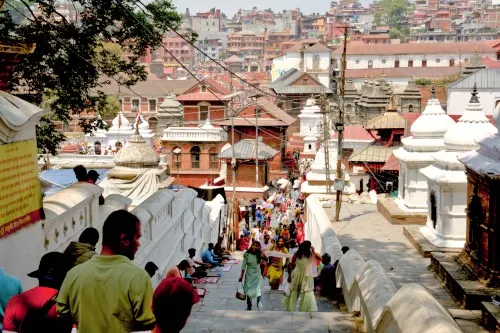
The Pashupatinath Temple, situated in Kathmandu, Nepal, alongside the Bagmati River, is a revered Hindu temple. It is one of the UNESCO-listed world heritage sites dedicated to Lord Shiva, making it one of the holiest shrines for Hindus.
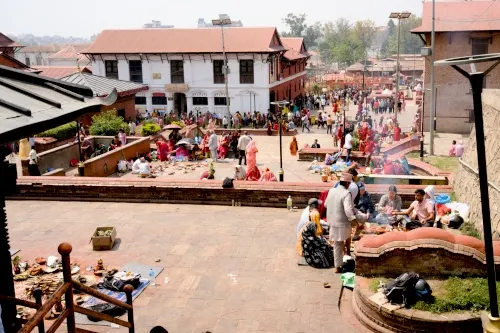
The temple complex showcases Nepal's ancient architectural excellence, with origins dating back to the 4th century during the Licchavi dynasty.
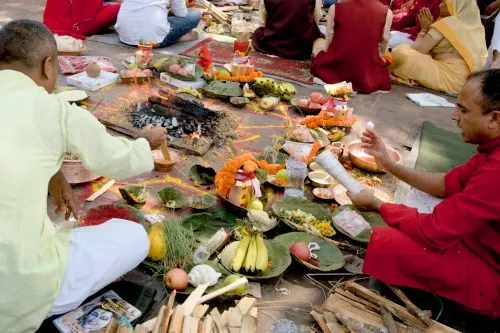
The temple's open area becomes a hub of activity as people gather for the Puja ceremony. This communal event involves making wishes, lighting oil lamps, and offering prayers to the gods, fostering a sense of unity and shared devotion.
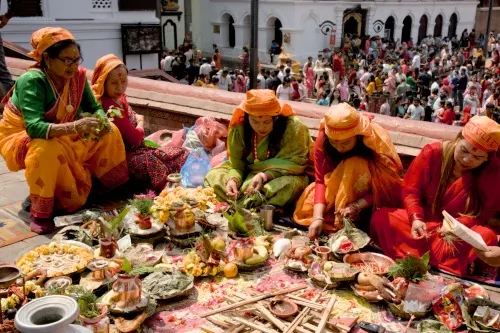
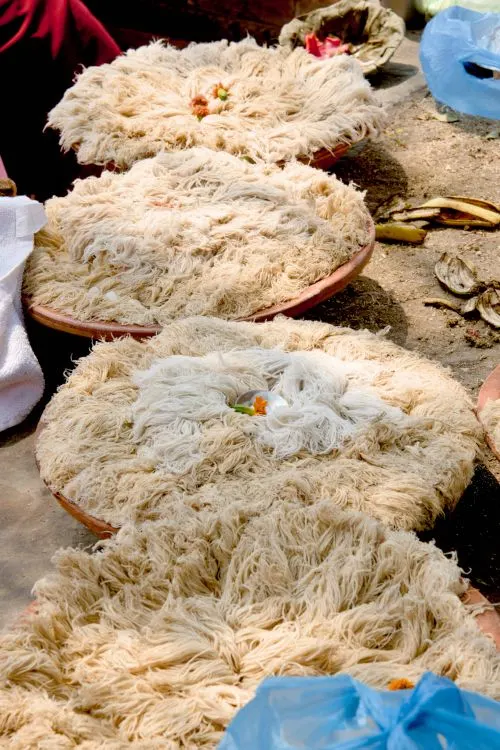
Lighting a Lakh Batti (meaning 100,000 lamps) is a Hindu tradition performed by devotees who want their wishes fulfilled by a chosen deity. For this ceremony, 100,000 wicks are soaked in oil the day before.
Pashupatinath holds immense cultural, spiritual, and historical significance for Hindus and is renowned for its annual Maha Shivaratri festival, which marks the beginning of spring and is celebrated in February or early March. Teej and Bala Chaturdashi are also observed with great enthusiasm.
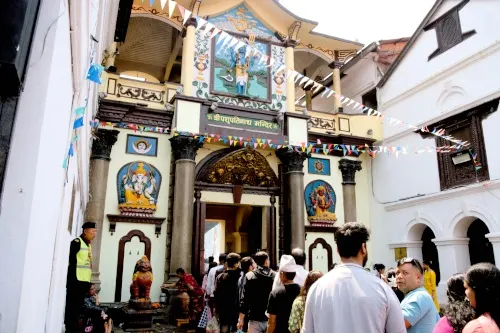
Non-Hindus, including foreigners and tourists, cannot enter the main temple. However, the surrounding areas of the temple complex offer plenty of other exciting things to explore.
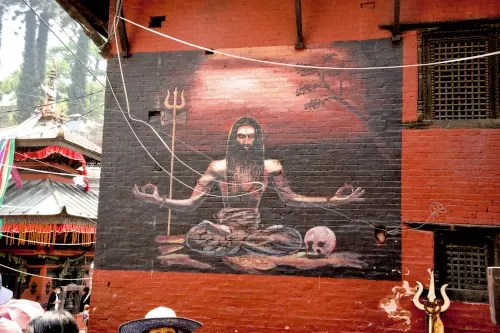
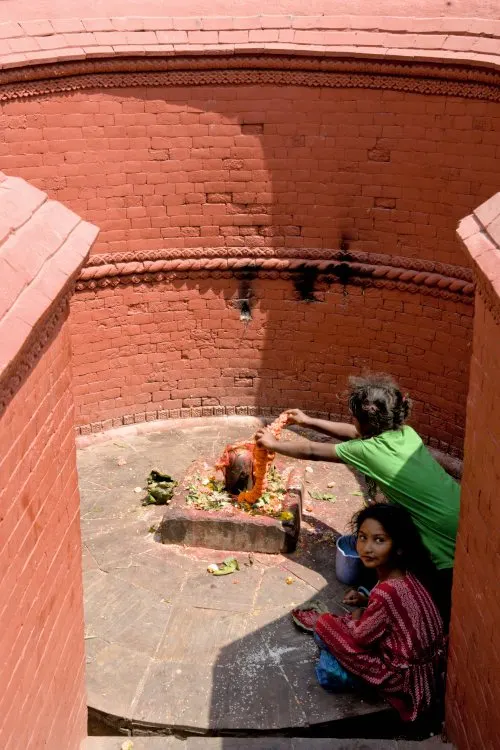
The Shiva lingam, also known as the lingam, is a cylindrical symbol in Hinduism that represents the god Shiva.
The process of cremation ceremony in Pashupatinath temple

Foreign tourists must pay an entrance fee, while Nepalese and Indian visitors can enter for free. The temple is open from 4:00 AM to 12:00 PM and 5:00 PM to 8:00 PM.
The Pashupatinath Temple has an open area where cremation ceremonies take place, and bodies are burned as part of the funeral rituals. This space is situated along the right bank of the Bagmati River and has platforms for funeral pyres. Cremations are a regular occurrence here.

Hindus consider cremation to be a sacred ritual that releases the soul from the physical body. The deceased are taken to the riverbank by the family members, where their faces are cleansed with holy water from the Bagmati. After washing the deceased with water from the holy river, the people adorn the body with pure white cloths and chains of orange marigolds, leaving the head uncovered. They then carry the body on a stretcher to a ghat, where it is positioned on the funeral pyre.
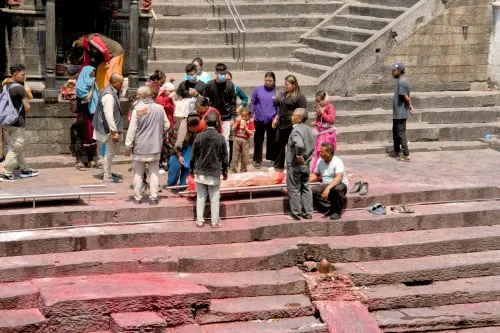
The oldest son is typically responsible for lighting the funeral pyre and initiating the cremation process. Once he sets the pyre alight, the body is covered with wet straw, creating a shroud of white smoke during the cremation. After the cremation, the remaining ashes are reverently scattered into the Bagmati River as part of the sacred ritual.
This ceremony is thought to aid the soul in achieving moksha, or liberation from the cycle of rebirth. Observing these rituals can be a profoundly moving and transformative experience for visitors as they confront the stark realities of life and death.
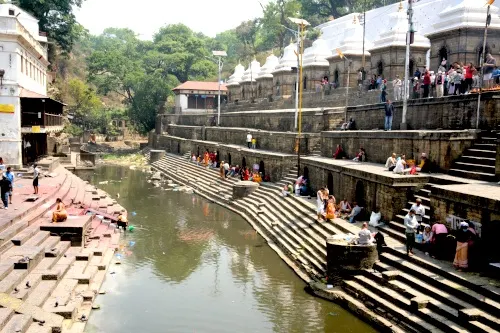
The Pashupatinath Temple's cremation area, also known as the Aryaghat, consists of a series of steps and is situated within the temple complex on the banks of the Bagmati River. This is where Hindu cremation ceremonies are performed. The Aryaghat features platforms and funeral pyres for the cremation of deceased bodies, and the ceremonies take place in an open-air setting. Hindus consider the place sacred for performing cremations due to the Bagmati River's purifying influence, a tributary of the holy Ganges.

The cremation grounds are segregated, with affluent families using the northern bank of the Bagmati and less affluent families using the southern bank for cremation ceremonies.
We were advised to maintain a respectful distance by staying on the other side of the river when witnessing the funeral ceremony along the Bagmati River, as these areas are sacred and hold great emotional significance.
The Pashupatinath Temple is part of the Kathmandu Valley UNESCO World Heritage site, inscribed by UNESCO in 1979. The temple complex has over 500 smaller shrines dedicated to various Hindu deities.
Other posts about our Nepal trip and related videos
- If you're interested in reading about our Nepal trip, you can access all our articles by following this link.
- We have also posted all related YouTube videos for those who prefer watching videos at this link.
VJ Tamang, owner and tour guide of Grande Adventure, expertly organized and made our trip enjoyable. VJ can be contacted at https://www.grandeadventure.
